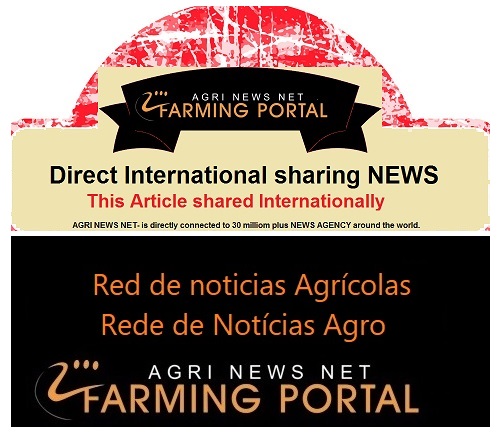I have generally held an optimistic view about South Africa’s 2022/23 summer crop production season. The robust tractor sales since the start of the year, prospects of yet another La Niña albeit weaker than last season, and the relatively higher commodity prices pointed to possibilities of decent area plantings.
The data released by the Crop Estimates Committee (CEC) this week is aligned with our view. The CEC indicates that South African farmers intend to plant a total area of 4,35 million hectares of summer grains and oilseeds in the 2022/23 season, up mildly by 0,2% y/y.
A deep dive into the numbers show a mixed picture. For example, the 2022/23 maize planting intention is 2,59 million hectares, down by 1% y/y (but well above the 10-year average area of 2,53 million hectares). About 1,50 million hectares is white maize (down by 5% y/y), and 1,09 million hectares is yellow maize (up 4% y/y).
Sorghum area could fall by 11% y/y to 33 100 hectares (well below the 10-year average of 51 102 hectares). The groundnut area will likely decline by 21% from the 2021/22 production season to 34 500 hectares (lower than the 10-year average of 43 143 hectares).
The sunflower seed planting could decline by 13% from the 2021/22 season to 580 500 hectares (slightly above the 10-year average of 579 955 hectares).
Moreover, the dry beans planting intentions are down by 13% y/y, estimated at 37 200 hectares. Meanwhile, soybeans area plantings are set to increase by 16% from the 2021/22 production season to 1,08 million hectares, a record area.
While the picture is mixed, with most crops showing a decline, these are still welcome developments.
Rising input costs
Some feared that the rising input costs – fertilizer and agrochemicals – would potentially discourage plantings, and these data point to the opposite.
Admittedly, as promising as the planting intentions data are, the higher input costs will cut the farmers’ profits this new season from the past one. If one considers the herbicides such as glyphosate, atrazine, and metolachlor, their prices were up by 7%, 34%, and 51%, respectively, in September 2022, compared with the corresponding period last year.
The same trend persists in major fertilizers such as ammonium nitrate, urea, and potassium chloride, whose prices were up by 64%, 23%, and 17%, respectively, in September 2022 compared with the same time last year.
These overall increases are on the back of supply constraints and disruptions in production lines because of the Russia-Ukraine war and the pre-existing production challenges in the major global fertilizer and agrochemical-producing countries like China, India, the United States, Russia, and Canada.
Unfortunately, these headwinds are beyond the farmers’ control as the price increases reflect the global market conditions rather than the domestic picture. Notably, South Africa imports about 80% of its annual fertilizer consumption and is a minor player globally.
Local prices tend to be influenced by developments in the major producing and consuming countries mentioned above. Much of the fertilizer imported by South Africa is utilized in summer grain and oilseed production. Fertilizer constitutes about 35% of grain farmers’ input costs and a substantial share in other agricultural commodities and crops.
Overall, we are still in the early days, as the planting activity has recently started in the eastern and central regions of South Africa. Still, the higher tractor sales, favorable weather outlook for the season, and the farmers’ optimism through the intentions to plant data compel us to believe that South Africa could have another good crop in the 2022/23 production season.















